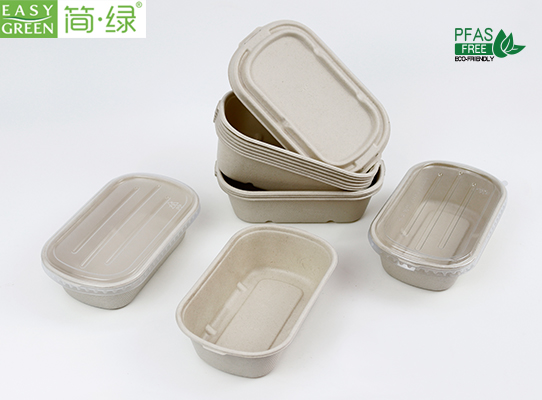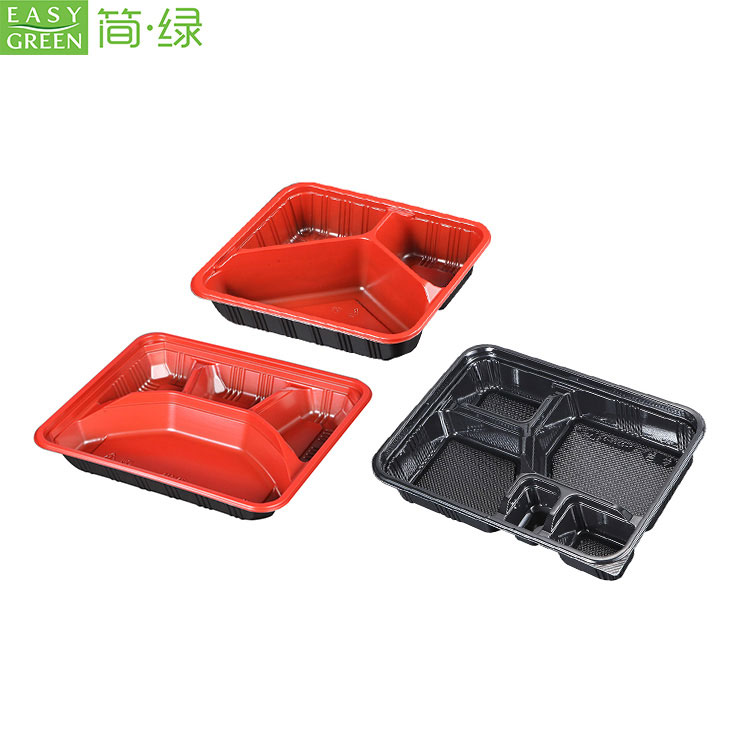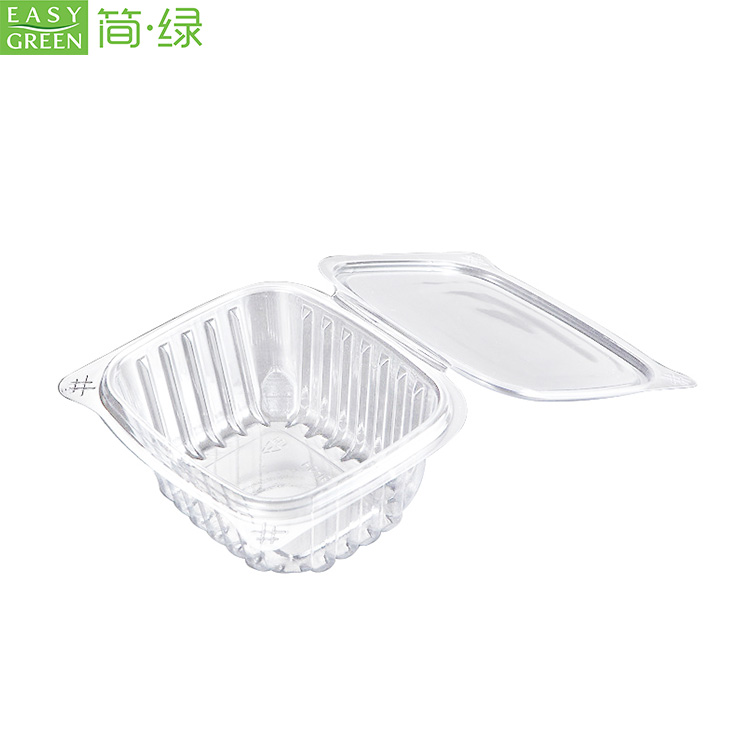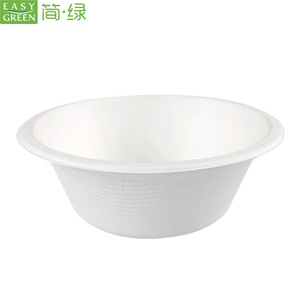As sustainability takes center stage in our daily lives, biodegradable food packaging materials have emerged as an effective solution to combat the detrimental effects of traditional packaging on the environment. In this blog post, we will delve into the properties and characteristics of various biodegradable food packaging materials, shedding light on their immense potential in promoting a greener and more sustainable future for our planet.
The Evolution of Biodegradable Food Packaging Materials
With increasing awareness about the environmental impact of non-biodegradable packaging, various innovative materials have been developed to tackle this challenge. From bioplastics to plant-based materials, the market offers a range of options to address sustainability concerns. Among the most promising materials are biodegradable food packaging alternatives, which have garnered immense attention due to their eco-friendly nature and ability to decompose naturally without leaving harmful residues.
Key Properties and Characteristics of Biodegradable Food Packaging Materials
Raw Material Composition:
Biodegradable food packaging materials are typically derived from renewable resources such as plant fibers, algae, starch, and even mycelium (mushroom roots). These materials have a significantly lower carbon footprint compared to their traditional counterparts, making them a sustainable choice for packaging solutions.
Biodegradability and Decomposition:
Perhaps the most distinguishing feature of biodegradable packaging materials is their ability to degrade naturally into harmless substances over time. Unlike conventional plastics that persist in the environment for hundreds of years, biodegradable alternatives break down through various processes, including composting, bacterial breakdown, or digestion by microorganisms. This ensures a reduced impact on landfills and oceans.
Versatility:
Biodegradable food packaging materials come in a wide range of forms, including films, trays, containers, and wraps. Their versatility allows for customizations to suit specific packaging requirements, thus adapting to different food types and ensuring overall product integrity.
Barrier Properties:
While being environmentally friendly, biodegradable packaging materials also provide essential barrier properties. For instance, certain bioplastics demonstrate excellent gas and moisture resistance, preserving the freshness and quality of packaged food for a longer duration.
Biodegradable Food Packaging in Practice
Cornstarch-based Packaging:
Cornstarch-based packaging materials offer excellent biodegradability while maintaining a level of durability and functionality. These materials are commonly used for disposable cutlery, takeaway containers, and clear films.
Bagasse Packaging:
Made from sugarcane waste after the extraction of juice, bagasse-based packaging is an eco-friendly alternative to foam containers. It exhibits good thermal insulation properties, making it ideal for hot food and beverages.
Edible Food Wraps:
Some biodegradable food packaging materials even go beyond their traditional purpose and double up as edible films or wraps. These wraps are made from natural sources such as beeswax or plant-based materials and provide a sustainable alternative for wrapping sandwiches, fruits, and vegetables, eliminating the need for single-use plastic wraps.
As consumer demand for sustainable products and packaging continues to grow, biodegradable food packaging materials are playing a crucial role in shaping a greener future. With their unique properties and characteristics, these materials offer a viable solution to reducing the environmental impact associated with traditional packaging. By embracing the use of biodegradable alternatives like cornstarch-based packaging, bagasse containers, and edible wraps, brands such as Easy Green are paving the way for a more sustainable future, where the well-being of our planet is preserved for generations to come.
 English
English 






